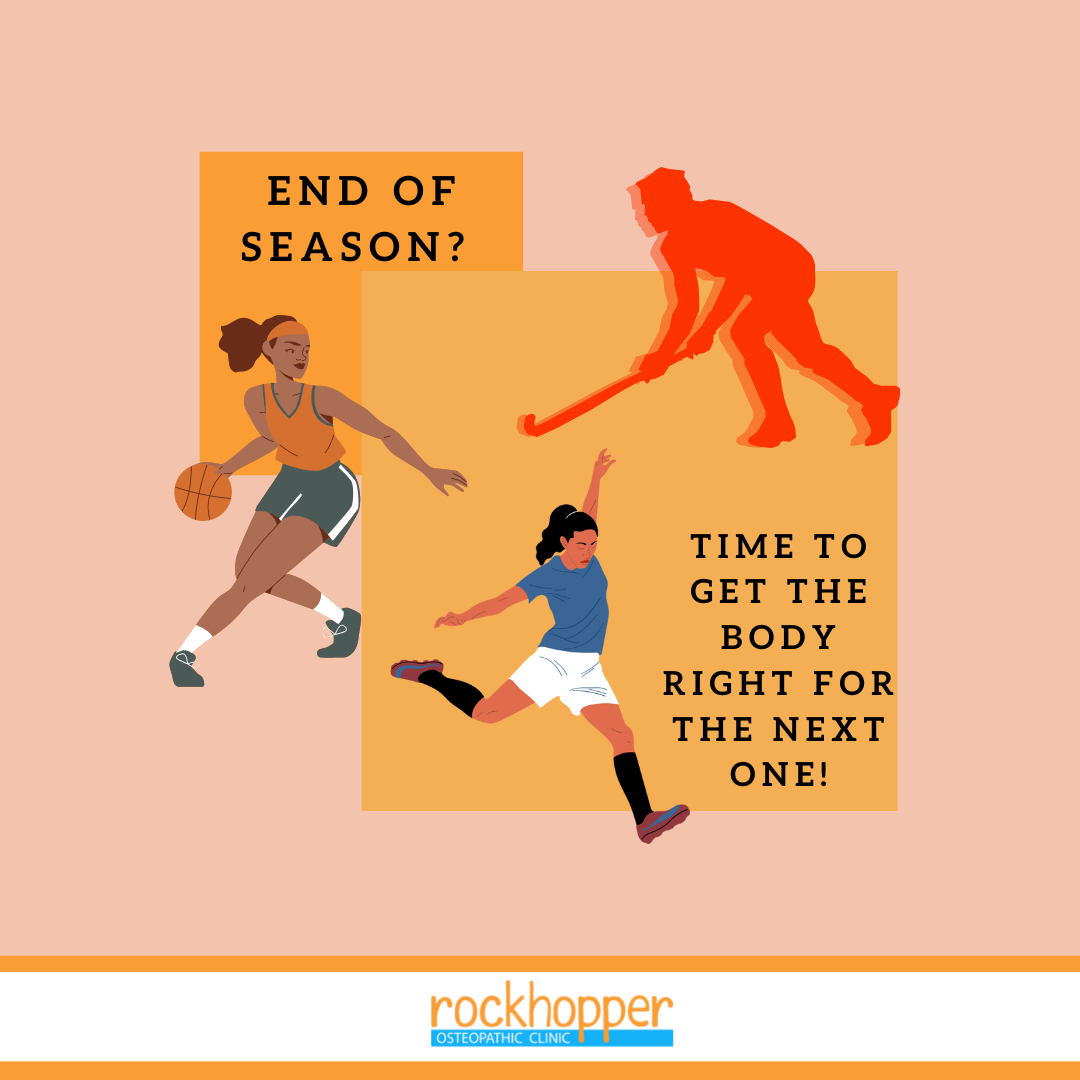Preparing for a Change of Season
By Cameron Allshorn
Trees are getting greener, the grass getting longer, Spring is here and summer is on the way! Woo Hoo! After a long winter this is not the only change of season occurring. At this time of year we transition from our winter sports and hobbies to the summer seasons options.
Longer days and warmer weather can give us extra time to exercise and get into the things we love to do at this time of the year.
HOWEVER!
After a few months off, have you taken time to see if your body is as ready as the mind for the new season that is upcoming?
Some sports and hobbies are more taxing or dynamic than others; in most cases will use different regions of the body or movement patterns to what you have been refining over the winter season. Now is a great time to check in on what the body needs to be ready to hit the season running and ready to have the best one yet.
Here are a few pointers to keep in mind for some of the peak spring and summer seasons on their way. Many of these are interchangeable across sports and hobbies.
Cricket: Shoulder mobility, lower back stability (very important for the fast bowlers), Hips and hamstrings.
Gardening; The garden can be a big job after winter. Lifting, bending, twisting and kneeling are important and our bodies thank us when we give them the best TLC prior and after getting out into the garden.
Hiking: Pectorals, Quads, Feet are just as integral for a good (and comfortable) multi day hike, have you neglected these areas over winter. These muscles can often be tight during periods where we have been more sedentary.
Ocean Sports: We’re talking swimming, surfing, paddle boarding and more. Commonly these involve upper and lower body connection, functional core stability, lower back and legs.
Rowing: Spinal rotation, upper body control, power and connection between various regions, like many sports, rowing requires a variety of movements falling into place in the right order for the best output.
Running: Hobart has an array of running events over this time of year, are you training for Point to Pinnacle on November 20th or Bruny Island Ultra on Dec 3rd, or maybe you have just completed the Hobart Marathon last weekend.
Sailing: Core stability, hips, arms, It takes a lot to keep a boat upright in the spring wind! Keeping this in check can help avoid shoulder, lower back and other injuries.
Tennis: Elbows and forearms, lateral mobility, calves, foot and ankle function. This goes for all the other racquet sports too.
And don't forget the evergreen and all year round hobbies and sports like Golf, Basketball, Hockey and Soccer many of these transition from season to tournament and interstate play over this period, this can mean a lot of action across a smaller time period like a weekend or fortnight.
If you’re a sporty teen, a returning adult or a weekend warrior make sure you take a moment to check on what your body might need leading into the next part of your year so that you can be ready to go when it’s here.
Thanks for reading.


